ISSN ONLINE(2319-8753)PRINT(2347-6710)
ISSN ONLINE(2319-8753)PRINT(2347-6710)
Nileena P. Subhash1, Ajmal K.A1, K. Punnagai Selvi2
|
| Related article at Pubmed, Scholar Google |
Visit for more related articles at International Journal of Innovative Research in Science, Engineering and Technology
In this paper, a high step-up DC-DC converter with Cockcroft- Walton voltage multiplier module is proposed for a photovoltaic system. Through a voltage multiplier module, an asymmetrical interleaved high step-up converter obtains high step-up gain without operating at an extreme duty ratio. The voltage multiplier module is composed of a ladder network of capacitors and diodes to generate high voltages. In addition, the proposed converter functions as an active clamp circuit, which alleviates large voltage spikes across the power switches. Thus, the low-voltage-rated MOSFETs can be adopted for reductions of conduction losses and cost. Efficiency improves since the system uses a transformerless circuit and also the energy stored in leakage inductances is recycled to the output terminal. The modelling, control and simulation of the high step-up converter have been done using the software package MATLAB/simulink.
Index Terms |
| Cockcroft-Walton voltage multiplier, high-step up converter, photovoltaic system. |
INTRODUCTION |
| Limited fossil energy and increased air pollution have spurred researchers to develop clean energy sources. Among renewable energy systems, photovoltaic systems are expected to play an important role in future energy production. Renewable energy systems generate low voltage output; thus, high step-up dc/dc converters are widely employed in many renewable energy applications [1]. Photovoltaic systems transform light energy into electrical energy, and convert low voltage into high voltage via a step-up converter, which can convert energy into electricity using a grid-by-grid inverter or store energy into a battery set. The DC-DC converter with high step-up voltage gain is widely used for many applications, such as fuel-cell energy-conversion systems, solar- cell energy-conversion systems, and high-intensitydischarge lamp ballasts for automobile headlamps. The high step-up conversion [9] may require two-stage converters with cascade structure for enough step-up gain, which decreases the efficiency and increases the cost. The conventional interleaved boost converter is an excellent candidate for high-power applications and power factor correction. Unfortunately, the step-up gain is limited, and the voltage stresses on semiconductor components are equal to output voltage. Thus, a high step-up converter is seen as an important stage in the system because such a system requires a sufficiently high step-up conversion with high efficiency. |
| Due to the low conversion efficiency of PV arrays, one way to reduce the cost of the overall system is by using high efficiency power processors. The power processor usually adopts a dc/dc converter as its energy processing system. Theoretically, conventional step-up converters, such as the boost converter and FLYBACK converter, cannot achieve a high step-up conversion with high efficiency because of the resistances of elements or leakage inductance. Thus, a modified boost–FLYBACK converter was proposed. The performance of the converter is similar to an activeclamped FLYBACK converter; thus, the leakage energy is recovered to the output terminal. Theoretically, a conventional boost converter can be adopted to provide high step-up voltage gain with an extremely high duty ratio [5]. In practice, the stepup voltage gain is limited by the effects of power switch, rectifier diode, and equivalent series resistance (ESR) of inductor and capacitor. Also, the extremely high duty-ratio operation may result in serious reverse recovery problem, low efficiency, and the electromagnetic interference (EMI) problem. Some converters such as FLYBACK, forward, push-pull, half-bridge, and full-bridge can adjust the turns ratio of a transformer to achieve high step-up voltage gain [7]. However, the main switch of these converters will suffer high voltage spike and high power dissipation caused by the leakage inductor of the transformer. Many topologies have been proposed to improve conversion efficiency and achieve high stepup voltage gain. High step-up gain can be achieved by a switched capacitor or voltage-lift technique. This paper proposes a high step-up DC-DC converter based on Cockcroft-Walton (CW) voltage multiplier [1]-[3] without using step up transformer. |
| The design of the high-frequency transformers, coupled inductors [4] or resonant components for these converters are relatively complex compared with the conventional boost DC-DC converter, Figure 1. The step-up DC-DC [6] converters without step-up transformers and coupled inductors were presented. By cascading diode-capacitor or diode-inductor modules, these kinds of DC-DC converters provide not only high voltage gain but also simple and robust structures. |
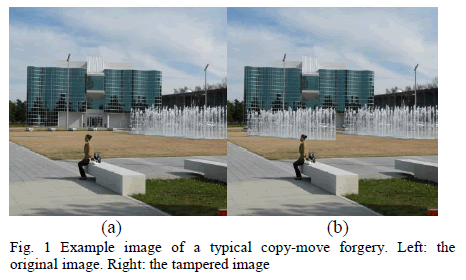 |
| The conventional Cockcroft-Walton voltage multiplier is very popular among high voltage DC applications [8]. Replacing the step-up transformer with the conventional CW voltage multiplier structure, the proposed converter provides higher voltage ratio. |
PROPOSED CONVERTER AND OPERATING PRINCIPLE |
| The proposed system consists of a high step-up converter using transformerless Cockcroft-Walton voltage multiplier supplied from a photovoltaic source as shown in Figure 2. The dc output of the photovoltaic source is also stored in storage battery. The high stepup converter with Cockcroft-Walton voltage multiplier is controlled using an interleaved PWM controller. The low voltage output of the photovoltaic source is stepupped by using the high step-up converter with Cockcroft-Walton voltage multiplier. |
| The Cockcroft-Walton voltage multiplier unit consists of a ladder network of capacitors and diodes to generate high voltages. Unlike transformers, this method eliminates the requirement for the heavy core and the bulk of insulation/potting required. |
| Using only capacitors and diodes, these voltage multipliers can step up relatively low voltages to extremely high values, while at the same time being far lighter and cheaper than transformers. The output of the high step-up converter with Cockcroft-Walton voltage multiplier can be used for supplying DC loads. |
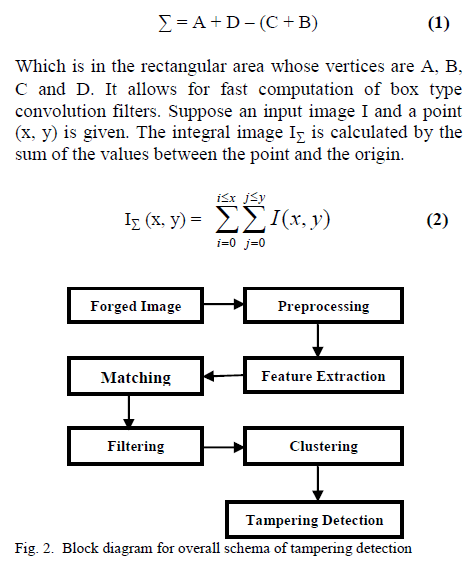 |
| A. Photovoltaic System |
| The word photovoltaic combines two terms- ‘photo’ means light and ‘voltaic’ means voltage. A photovoltaic cell consists of semiconductor material, typically silicon, used in thin wafers or ribbons in most commercially available cells. One side of the semiconductor material has a positive charge and the other side is negatively charged. Sunlight hitting the positive side will activate the negative side electrons and produce an electrical current. Assemblies of photovoltaic cells are used to make solar modules which generate electrical power from sunlight [11]. Multiple cells in an integrated group, all oriented in one plane, constitute a solar photovoltaic panel or solar photovoltaic module. A group of connected solar modules (such as prior to installation on a polemounted tracker system) is called a PV array. |
| A photovoltaic cell may be represented by the equivalent circuit model shown in Figure 3. This model consists of current due to optical generation (IL), a diode that generates a current [IS(eqV/Kt) ], a series resistance (rs), and shunt resistance (rsh). The series resistance is due to the resistance of the metal contacts, ohmic losses in the front surface of the cell, impurity concentrations, and junction depth. The series resistance is an important parameter because it reduces both the short-circuit current and the maximum power output of the cell. Ideally, the series resistance should be 0Ω (rs = 0). The shunt resistance represents the loss due to surface leakage along the edge of the cell or due to crystal defects. Ideally, the shunt resistance should be infinite (rsh = ∞). If a load resistor (RL) is connected to an illuminated PV cell, then the total current becomes: |
| where: IS = current due to diode saturation, IL = current due to optical generation. |
| The photovoltaic effect was first experimentally demonstrated by French physicist A. E. Becquerel in 1839. However, it was not until 1883 that the first solid state photovoltaic cell was built, by Charles Fritts, who coated the semiconductor selenium with an extremely thin layer of gold to form the junctions. The device was only around 1% efficient. The first practical photovoltaic cell was developed in 1954 at Bell Laboratories by Daryl Chapin, Calvin Souther Fuller and Gerald Pearson. They used a diffused silicon p–n junction that reached 6% efficiency. Solar cells are often electrically connected and encapsulated as a module. Photovoltaic modules often have a sheet of glass on the front (sun up) side, allowing light to pass while protecting the semiconductor wafers from abrasion and impact due to wind-driven debris, rain, hail, etc. |
 |
| B. Cockcroft- Walton Voltage Multiplier |
| One of the cheapest and popular ways of generating high voltages at relatively low currents is the classic multistage diode/capacitor voltage multiplier, known as Cockcroft Walton multiplier, Figure 4, named after the two men who used this circuit design to be the first to succeed in performing the first nuclear disintegration in 1932. James Douglas Cockcroft and Ernest Thomas Sinton Walton, in fact have used this voltage multiplier cascade for the research which later made them winners of the 1951 Nobel Prize in physics. Less known is the fact that the circuit was first discovered much earlier, in 1919, by Heinrich Greinacher, a Swiss physicist. For this reason, this doubler cascade is sometimes also referred to as the Greinacher multiplier [5]. |
 |
| Unlike transformers this method eliminates the requirement for the heavy core and the bulk of insulation/potting required. By using only capacitors and diodes, these voltage multipliers can step up relatively low voltages to extremely high values, while at the same time being far lighter and cheaper than transformers. The biggest advantage of such circuit is that the voltage across each stage of this cascade is only equal to twice the peak input voltage, so it has the advantage of requiring relatively low cost components and being easy to insulate. One can also tap the output from any stage, like a multi tapped transformer. |
| They have various practical applications and find their way in laser systems, CRT tubes, high voltage power supplies, LCD backlighting, power supplies, xray systems, travelling wave tubes, ion pumps, electrostatic systems, air ionisers, particle accelerators, copy machines, scientific instrumentation, oscilloscopes, and many other applications that utilize high voltage DC. |
| C. Battery System |
| Battery storage was used in the early days of direct current electric power. Where AC grid power was not readily available, isolated lighting plants run by wind turbines or internal combustion engines provided lighting and power to small motors. The battery system could be used to run the load without starting the engine or when the wind was calm. A bank of leadacid batteries in glass jars both supplied power to illuminate lamps, as well as to start an engine to recharge the batteries. |
| Battery systems connected to large solid-state converters have been used to stabilize power distribution networks. For example in Puerto Rico a system with a capacity of 20 megawatts for 15 minutes (5 megawatt hour) is used to stabilize the frequency of electric power produced on the island. A 27 megawatt 15-minute (6.75 megawatt hour) nickel-cadmium battery bank was installed at Fairbanks Alaska in 2003 to stabilize voltage at the end of a long transmission line. Many "off-the-grid" domestic systems rely on battery storage, but storing large amounts of electricity in batteries or by other electrical means has not yet been put to general use. |
| Traditional batteries are generally expensive, have high maintenance, and have limited lifespan, mainly due to pure chemical crystals that form inside the cells during the charge and discharge cycles. These crystals usually cannot be re-dissolved back into the electrolyte. They can grow large enough to apply significant mechanical pressure to interior structures inside the battery to bend plates, bulge battery casings, and short out individual cells. |
| One possible technology for large-scale storage is the use of specialist large-scale batteries such as flow and liquid metal and Sodium-Ion. Sodium-sulphur batteries could also be inexpensive to implement on a large scale and have been used for grid storage in Japan and in the United States. Magnesium-antimony batteries are also being developed for use in large scale storage, based on theories developed by Donald Sadoway of MIT. Vanadium redox batteries and other types of flow batteries are also beginning to be used for energy storage including the averaging of generation from wind turbines. Battery storage has relatively high efficiency, as high as 90% or better. The world's largest battery is in Fairbanks, Alaska, composed of Ni-Cd cells. |
| D. Comparison of Existing and Proposed System |
| The existing system consists of a high step-up converter connected through a voltage multiplier module with coupled inductors. These coupled inductors acts as a transformer which has two sets of primary and secondary windings. Due to the transformer structure there is the requirement of heavy core and bulk of insulation. The output voltage in the existing system is in the range of 92.56V. |
| The proposed system consists of high step-up converter connected through a Cockcroft- Walton voltage multiplier, which consists of a 4-level ladder network of capacitors and diodes. The voltage stresses on the diodes are low here. The quantities if diodes are high, as the voltage increases with each level of ladder network. The output voltage in the proposed system is in the range of 230V. |
SIMULATION RESULTS |
| The simulation results of the proposed system as simulated in MATLAB/Simulink have been shown here. |
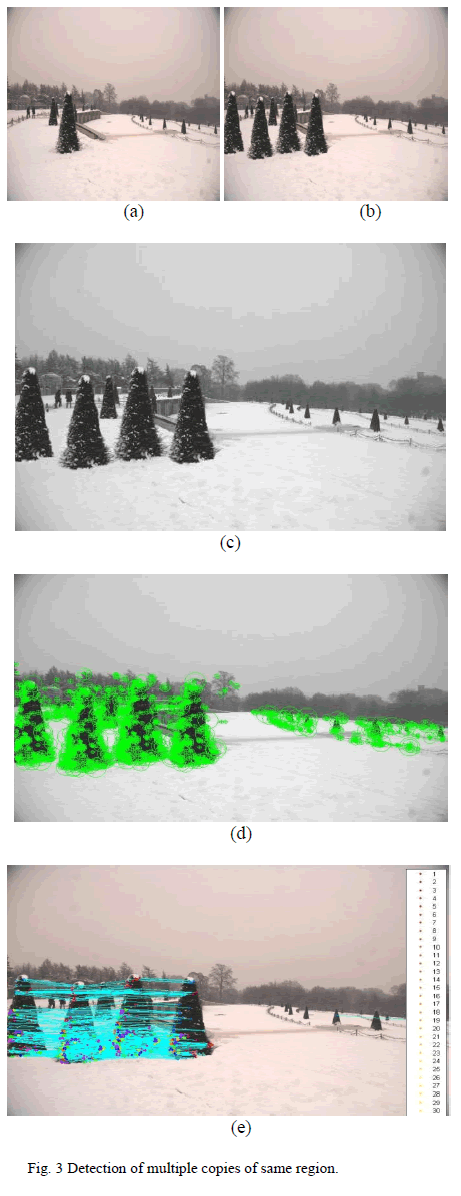 |
| The input signal is 42V and the output voltage is 230V as shown in Figure 5. The output filter capacitor voltages of capacitors C1, C2 and C3 are shown in Figure 6, 7 and 8. The power output of the photovoltaic system is 926W. |
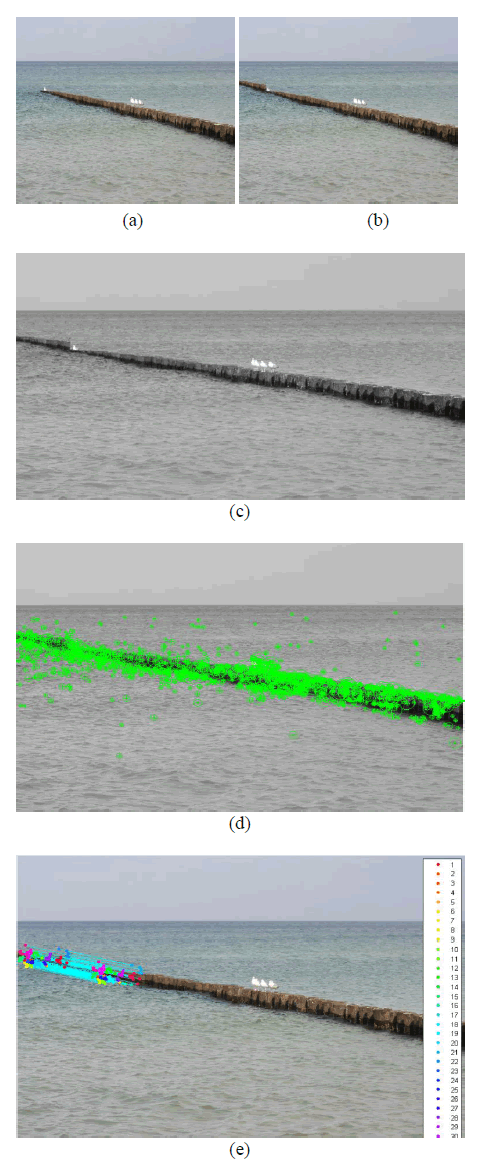 |
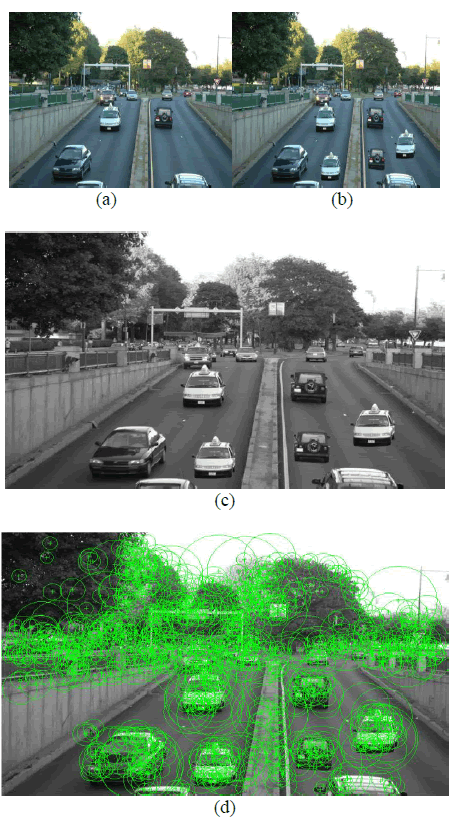 |
CONCLUSION |
| A high step-up DC-DC converter based on CW voltage multiplier without a line or high-frequency step-up transformer was presented to obtain a high voltage gain. The interleaved PWM scheme reduces the currents that pass through each power switch. Leakage energy is recycled through capacitor Cb to the output terminal. The proposed control strategy employs two independent frequencies, one of which operates at high frequency to minimize the size of the inductor, while the other one operates at relatively low frequency according to the desired output voltage ripple. Finally, the simulation results by using MATLAB/simulink proved the validity of theoretical analysis and the feasibility of the proposed converter. In future work, the influence of loading on the output voltage of the proposed converter will be derived for completing the steady-state analysis. The output voltage is about 230V and thus the proposed converter is suitable for Photovoltaic and renewable energy applications. |